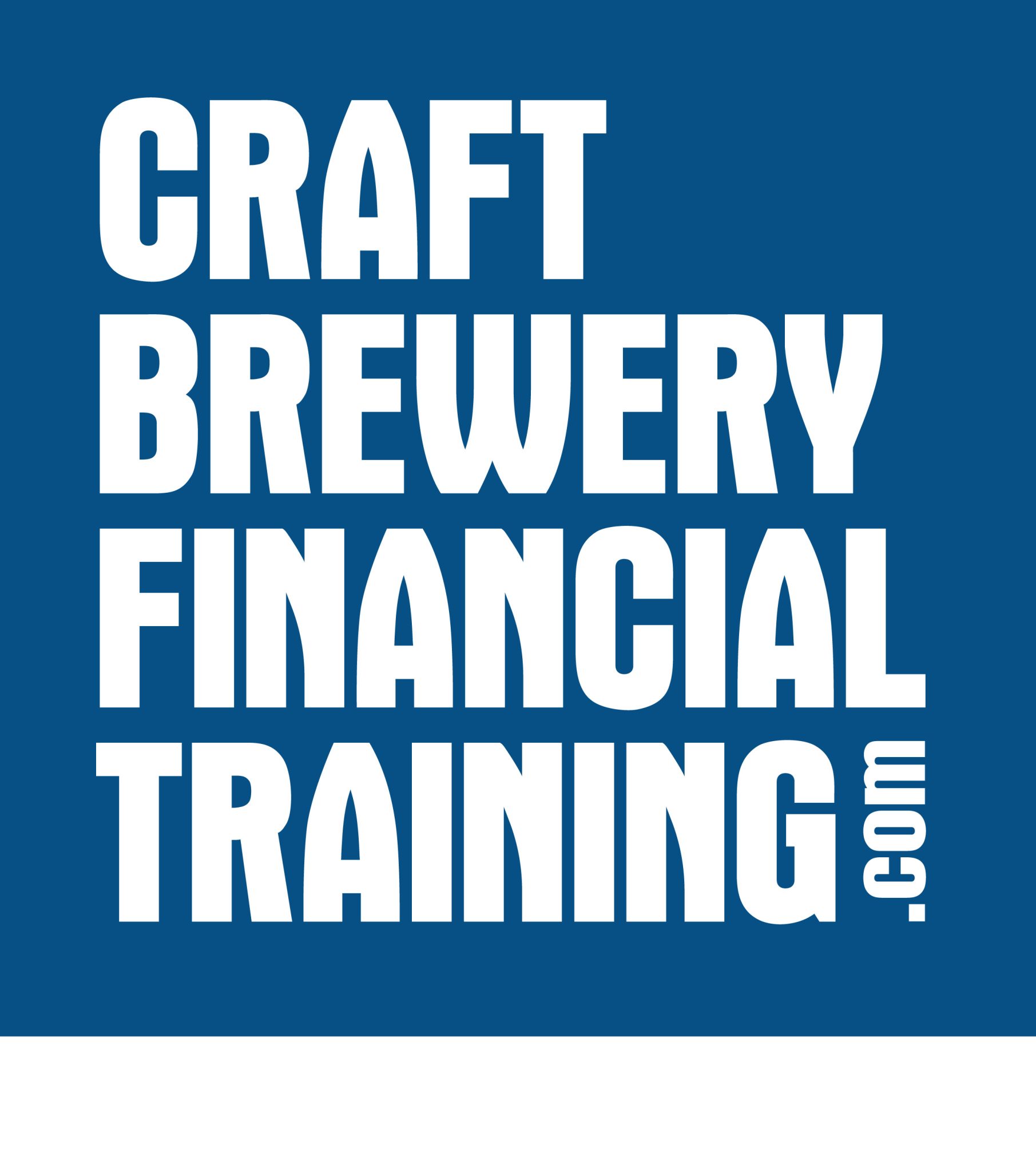“To pay attention, this is our endless and proper work ” Mary Oliver
In a sea of craft beer brands how do you get your distributor to pay attention to you?
You’ve got great beer, you’ve signed up a distributor, and now it’s time to drive sales into the market. Only one problem, your distributor is not focused on your brands.
Beer distributors typically carry hundreds of brands and thousands of SKUs. How do you stand out in this crowd? What steps can you take to get your distributor to pay attention, focus on your brands, and drive sales of your products?
As a CFO for a beer distributor, I’ve seen what works and what doesn’t to get your beer off the pallet and onto store shelves. Let’s focus on what works.
- Understand roles and expectations: what the distributor does, doesn’t do, and what you must do in order to drive sales.
- Set execution and outcome goals up front. Be clear about execution goals and outcome goals: what the distributor will do and what they intend to achieve.
- Follow the Repole Rule: Everyone has to make money. The brewery, distributor and retailer all have to make money in order for your brand to get the attention it deserves. Great beer alone won’t get it done.
- You must have a presence in the market and do real work to help the distributor and retailer grow your brand. Running reports and demanding product placements alone won’t get it done.
- Be the business partner that you want the distributor to be. Respect the work that they do, and expect the same in return.
Understand Roles and Expectations
Understand your role, and understand the distributor’s role. I’ve seen many brewery-distributor relationships go right down the drain from the start because of misunderstandings and erroneous assumptions about what each party was supposed to do.
The distributor’s primary role is to order product, warehouse it, and get it to the retailers in sufficient quantity to satisfy market demand. There is a lot going on behind the scenes (sales, merchandising, administration, etc.) but the critical piece is to satisfy market demand.
The brewery’s role is to make great beer, ensure it is fresh when delivered to the distributor and make it available in sufficient quantity to satisfy market demand.
The key question therefore is: Who creates the market demand?
Is this solely the responsibility of the distributor? Is this the brewery’s job? Or does market demand just happen because the beer is so good it sells itself?
The answer is that both distributor and craft brewery need to work together to create and satisfy market demand for the beer.
If you understand roles and expectations you have a basis for a solid distributor-brewery partnership. More importantly you have a key piece of information to drive your brand sales and get your product off the pallet and onto the store shelves.
For more details on the inner-workings of a beer distributor, download my article that was published in Brewbound.
Set Execution and Outcome Goals
Most distributor-brewery relationships start with goal setting. This usually involves volume goals, points of distribution, and placement in retail accounts. The goals are quantified, agreed-to (or mostly agreed-to) and then put into place.
The problem I’ve seen is that goal setting involves outcome goals only and excludes execution goals.
Outcome goals are things that will be achieved. For example: achieve annual sales volume of 5,000 cases, or make product placement in 25% of buying accounts.
Execution goals are things that will be done. For example: perform ten brand promotional events in next three months or
A key question to ask your distributor is what are the execution goals for your brand? Specifically, what does the distributor intend to do in order to create market demand, build brand awareness, and grow your sales?
These execution goals can then be tied to outcome goals. If the outcome goal isn’t being achieved then the execution goals need to be changed.
Set execution and outcome goals with your distributor. Do it at the very start of the business relationship and re-visit if it’s not working. Execution goals demonstrate what the distributor will do in order to increase sales of your brands.
Everyone has to make money
Mike Repole was the engine behind the massive Vitaminwater brand before it was sold to Coke for billions of dollars. Repole insisted that in order to grow his brand everyone needed to make money. He knew this was the best way to get focus and attention from his distributors.
Our business operates in the three-tier system: brewery, distributor and retailer. Everyone in this food chain needs to make money on your brands in order to grow your sales.
The brewery needs to make money to survive and be profitable. The distributor and retailer need to make money on your brands, otherwise they will focus on someone else’s products.
The point may seem obvious – everyone needs to make money – but this is often over-looked or ignored by one or more parties in the three-tier system.
Find out what other craft breweries are charging, and the margins distributors are making on the products. How does your pricing stack up? Are you competitive? Can distributors make more margin on your beer compared to another brewery?
The quickest way to get focus and attention is to provide a higher margin to your distributor than your competition.
This thought might make you cringe, but think about it as a marketing expense. You’ll spend thousands or tens of thousands on ads, marketing, festivals, etc. Perhaps the best spend you can make is to give a superior margin to the distributor. This can provide the needed attention-getter to get your beer on the shelves and grow sales.
Presence in the Market is Essential
To get your beer off the pallet and onto the retailer shelf you need to be physically present in the market. This doesn’t have to literally be YOU, but it needs to be a representative of the brewery – a sales rep or market rep. No one loves your brands the way you do and no one will provide better focus and attention to their success.
Being in the market means working the market: Visit stores, introduce yourself to the manager or owner, and ask how you can help grow their business. Merchandise the shelves if needed and demonstrate you are there to help the store owner increase their sales.
Being in the market means working with your distributor: ride with members of the sales team, learn about the market, understand the challenges and opportunities they face.
Demonstrate to the distributor and the sales team that you are there to help them grow their sales. Most sales people are commissioned and paid on sales volume. Help them grow volume and you’ll make a friend who can help grow your volume.
Show the retailer and distributor you are there to work the market and grow their sales. In turn, and in time, they will reciprocate.
Distributor Partnerships: Be the Change You Want to See
What are the elements of a healthy distributor-brewery relationship?
- Mutual respect. A healthy respect for the hard work and dedication that each party brings to the table.
- Synergistic relationship. An understanding that distributor and brewery are stronger together than they are apart. The whole is greater than the sum of the parts as they say.
- Trust. Each party is reliable and does what they say they will do.
- Open and honest communication. Problems, challenges and opportunities affecting the business are discussed openly and regularly.
Be a good partner and expect the same from your distributor. Go first. Demonstrate respect, trust and open communication. Be the change you want to see in the partnership.
Wrap Up
With tens of thousands of craft beer brands in the market, how do you get the attention of the beer distributor to grow your sales?
- Understand roles and expectations
- Set execution and outcome goals up front
- Follow the Repole Rule: Everyone has to make money
- Have a presence in the market
- Be the business partner that you want the distributor to be
Your beer distributor works with dozens if not hundreds of other breweries. It’s up to you to stand out from the crowd.
Follow the steps above, and get the attention of your beer distributor so that you can grow your sales.




Comments are closed